Preparation
Before creating a flow, let's prepare by integrating Yoom with Telegram and setting up the Google Chrome extension.
First, log in to Yoom, then click "My Apps" on the left menu → "+New Connection" and search by the name of Telegram.

Enter all the displayed information, and once the account information is registered, confirm that the name is listed in the My Apps list.

Download the Google Chrome extension from the page below.
Browser Operation Setting Tool
Be sure to allow use in incognito mode!
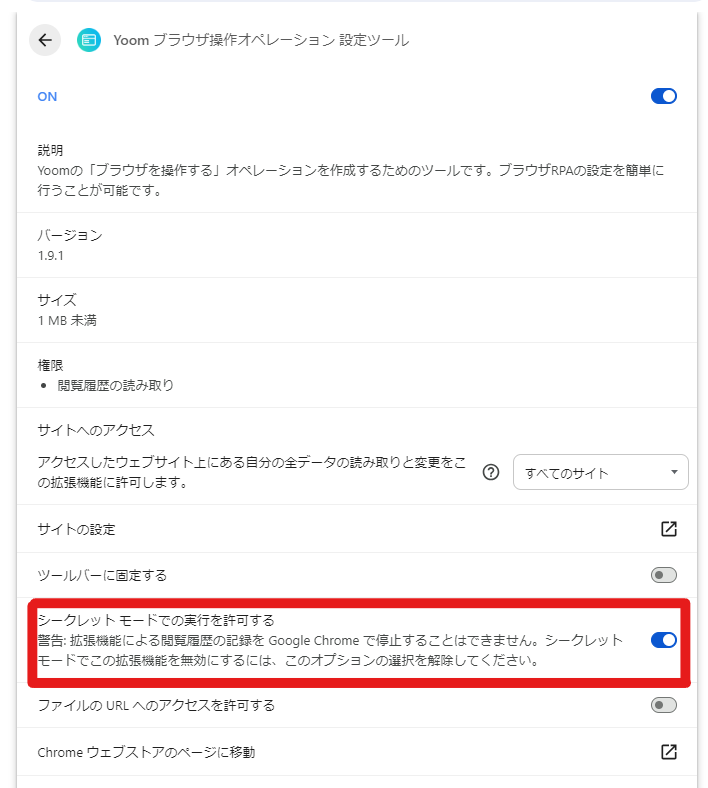
For detailed help information, please refer to the following page.
How to Set Up Browser Operation
As a reminder, the browser RPA operation is only available with the Success Plan.
Those not on the Success Plan can only perform tests and cannot actually run the flow.
(If you're curious about the template but are unsure about changing plans, please try the test first!)
This completes the preparation. Let's proceed to the actual flow settings!
Schedule Trigger Settings

First, let's set up the flow for "when the specified schedule is reached."
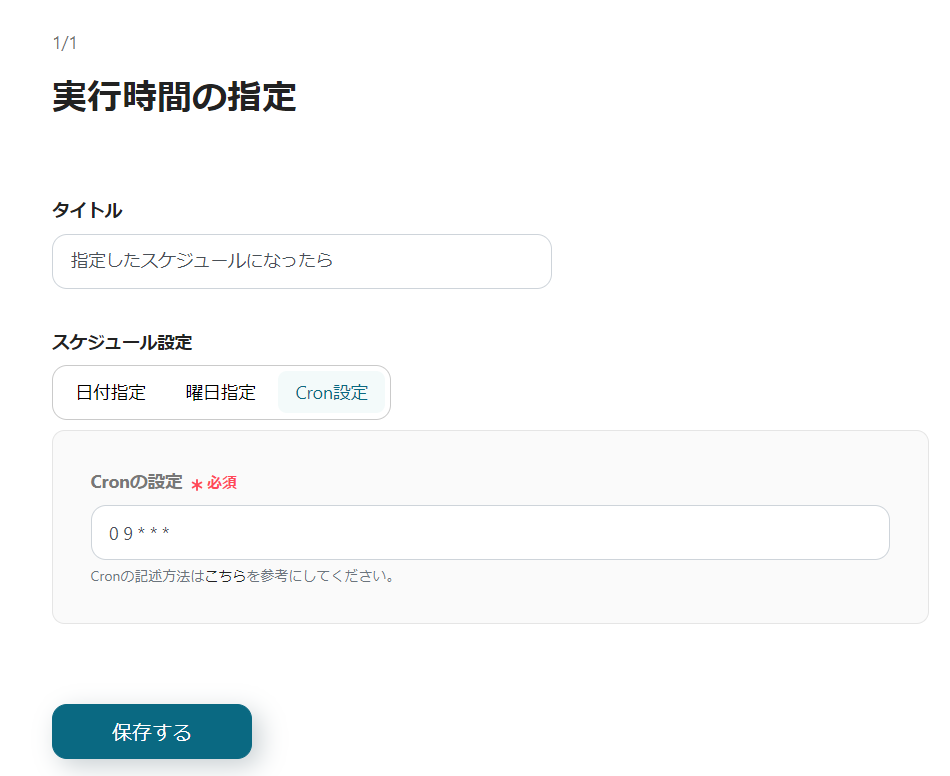
This is the timing setting for researching website information.
- 1st of every month
- 8 AM on every 5th day of the month
- Every Monday
- Every 30 minutes
You can set detailed conditions like the above, so please set them according to your work content.
Once the settings are complete, click "Save" to finish the trigger settings.
Detailed Browser Operation Settings

Next, we will set up the flow for "operating the browser."
In this setting, you will configure what actions to take on the specified page.
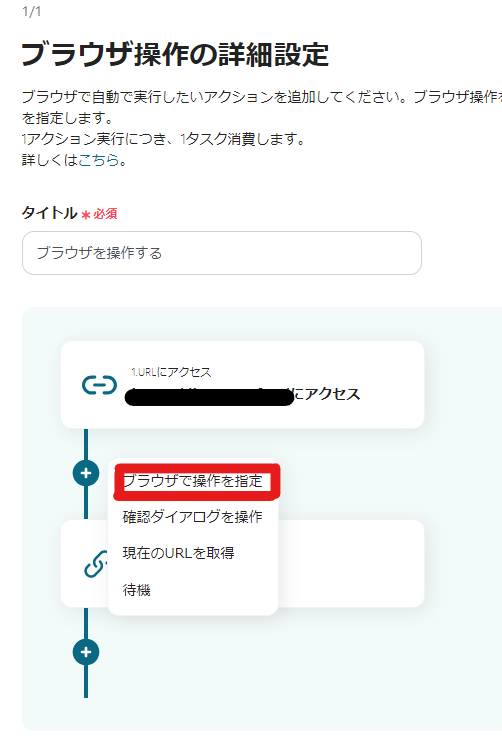
First, enter the URL from which you want to retrieve information, click "+", then click "Specify operation in browser" and enter the same URL.
If the extension is set up, an incognito window will automatically open, so set up each action one by one.
For more details, refer to the help page mentioned earlier.
How to Set Up Browser Operation
Set up each item for each action.
For example, if you set "Retrieve the URL of the top left (latest article) of Yoom's official website blog," it will look like this.
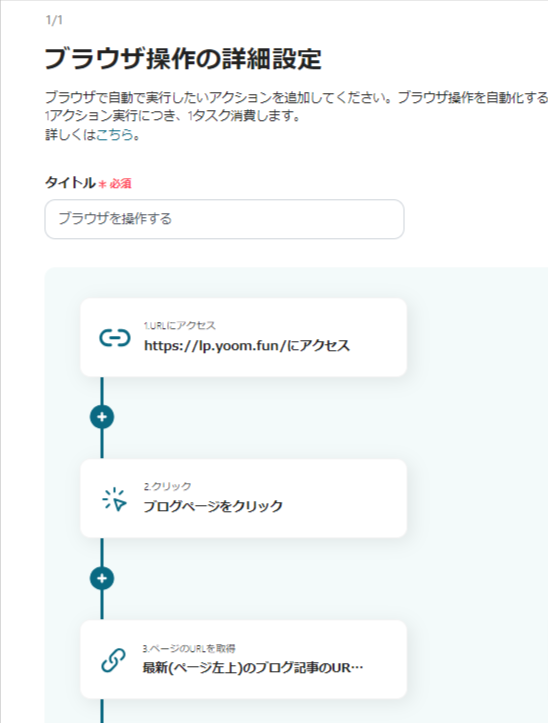
It's recommended to make each item's title easy to understand for easier editing!
Once all items are set, click "Test" to check if it works correctly.
If the test is successful, the last item will be reflected as the output.

Once you have confirmed everything, click "Save" to complete the browser RPA settings.
Telegram Settings
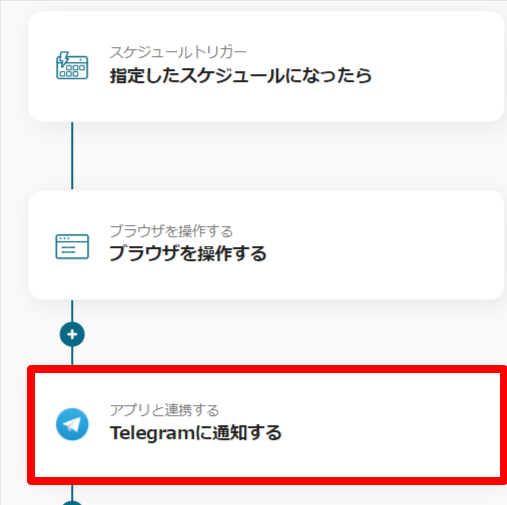
Finally, set up "Notify Telegram."
On the first page, confirm that the account you linked earlier is reflected.

No need to change the title or action, so click "Next" to proceed.
On the next page, enter the settings for the notification.

Reflect the output obtained during the browser RPA setup in the message content.
If necessary, also enter any fixed messages.
Once you have entered the chat ID, click "Test" to check for errors.
If no errors appear, click "Save" to complete all settings.
Finally, turn the trigger ON to start the flow you set up.
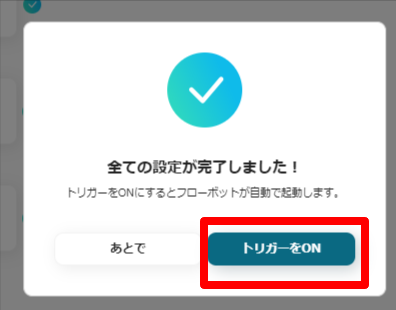
Once you get used to it, setting up browser RPA won't be difficult, so please continue to utilize it in the future!
Other Automation Examples Using Browser RPA and Telegram
There are many other examples of automation using Browser RPA and Telegram in Yoom, so let me introduce them.
1. Browser RPA can automatically store email information in kintone. You can extract only the necessary content, allowing you to efficiently obtain information.


















.avif)

.avif)
.avif)





